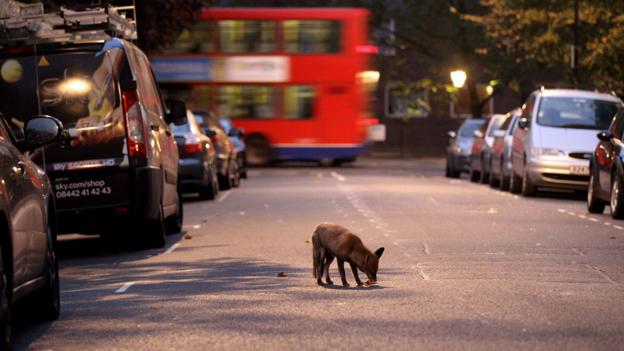Saturday, June 1, 2013
Why we need to bring nature back into cities
Cities will need to incorporate the natural world in new and innovative ways. Parks and green spaces will be multiplied from ground level upwards, attracting birds and wildlife to sky-gardens, tens of floors up. In Singapore, for example, the Marina Bay Sands hotel features a skypark on the 56th floor, with trees, leisure facilities including a pool, and far-reaching views. It’s an example of how specific elements found in the natural world, such as a mountaintop view, a lake and palm trees, have been cherry picked and combined to provide an easy, entirely artificial landscape for the city.
Vertical farms are also being planted in Anthropocene cities, although the energy involved in irrigating and maintaining such farms makes them impractical for food production on a larger scale. However, growing food in the urban environment on regular multi-storey plots is likely to increase as hobby farmers, beekeepers and specialist growers take advantage of cleaner air, water and soils of Anthropocene cities, and vacant sites are used more effectively. In Berlin, rooftop fishfarms have been started, with the waste going to feed agricultural plots in the city. Creative growers are already converting industrial spaces, street corners and rooftops to micro-wildernesses or manicured into formal gardens. A disused raised railway in New York City has become a popular park, self-styled “guerilla gardeners” are planting flowers and trees in plots among the tarmac and traffic of London’s highways, and once-polluted industrial wastelands now chirp with birdsong, rivers swim with fish and populations of animals that have become rare in the countryside are thriving in urban niches.
Why we need to bring nature back into cities (BBC Future)
Subscribe to:
Posts (Atom)
